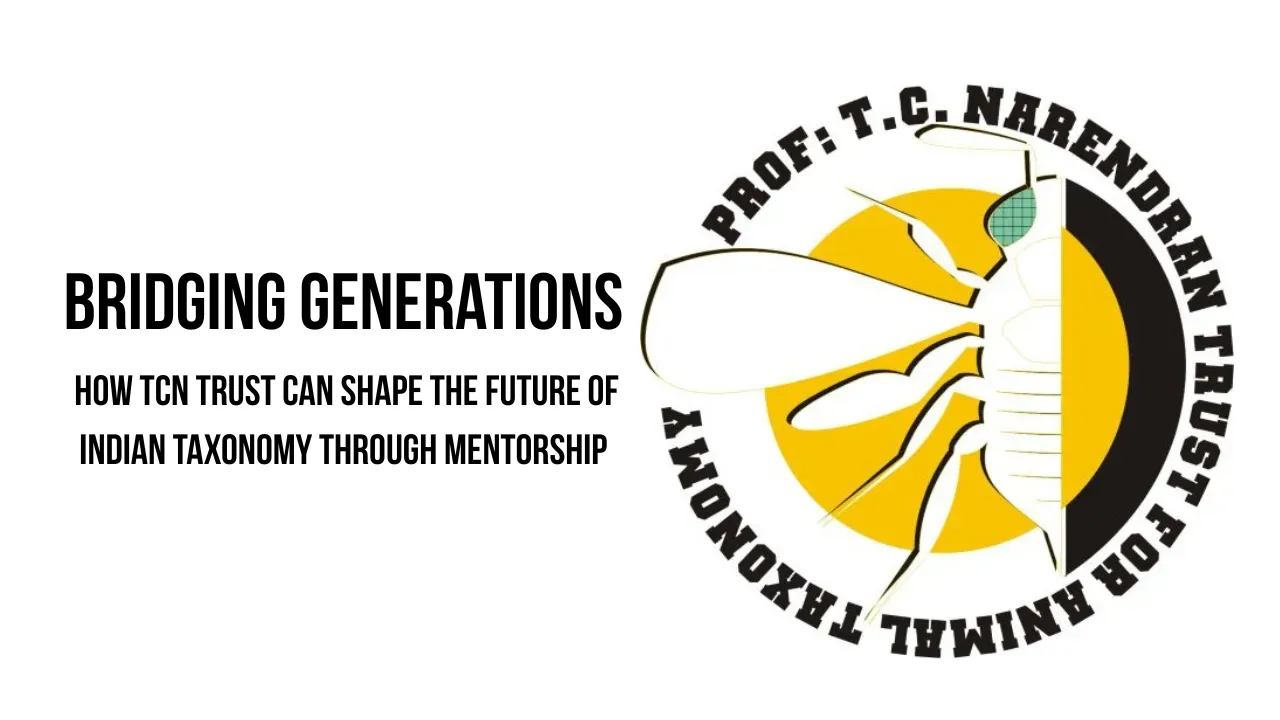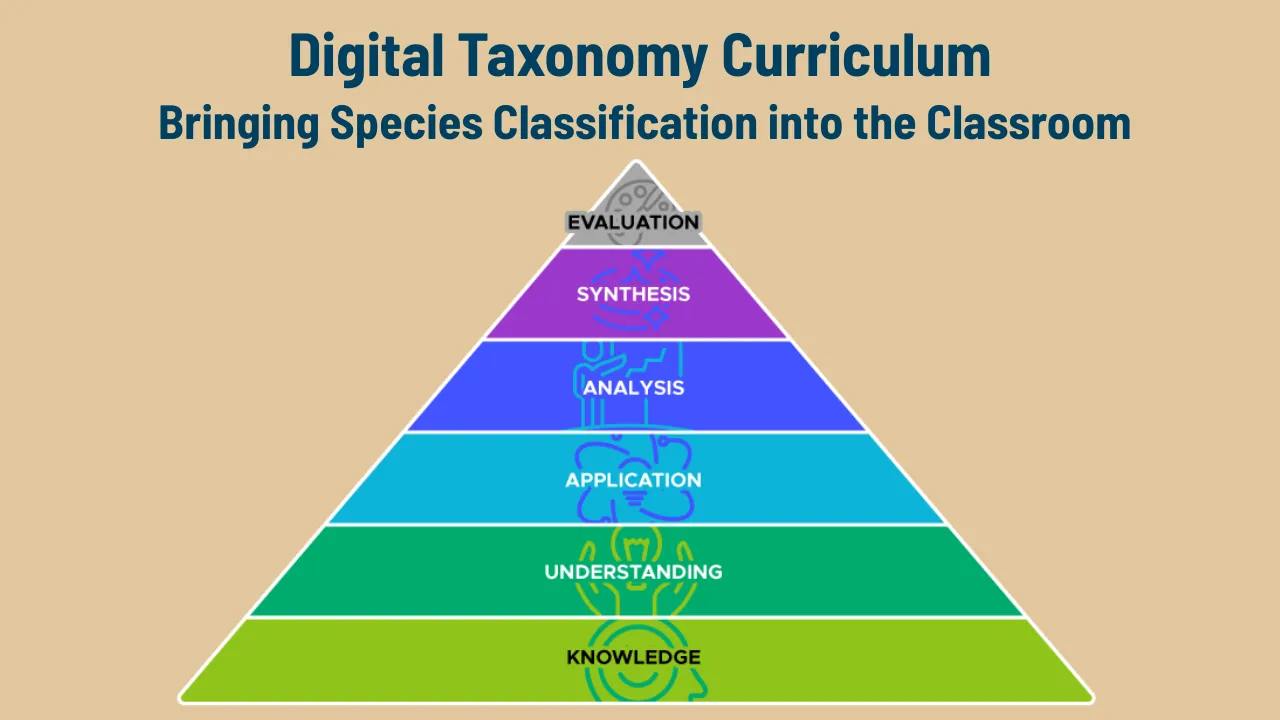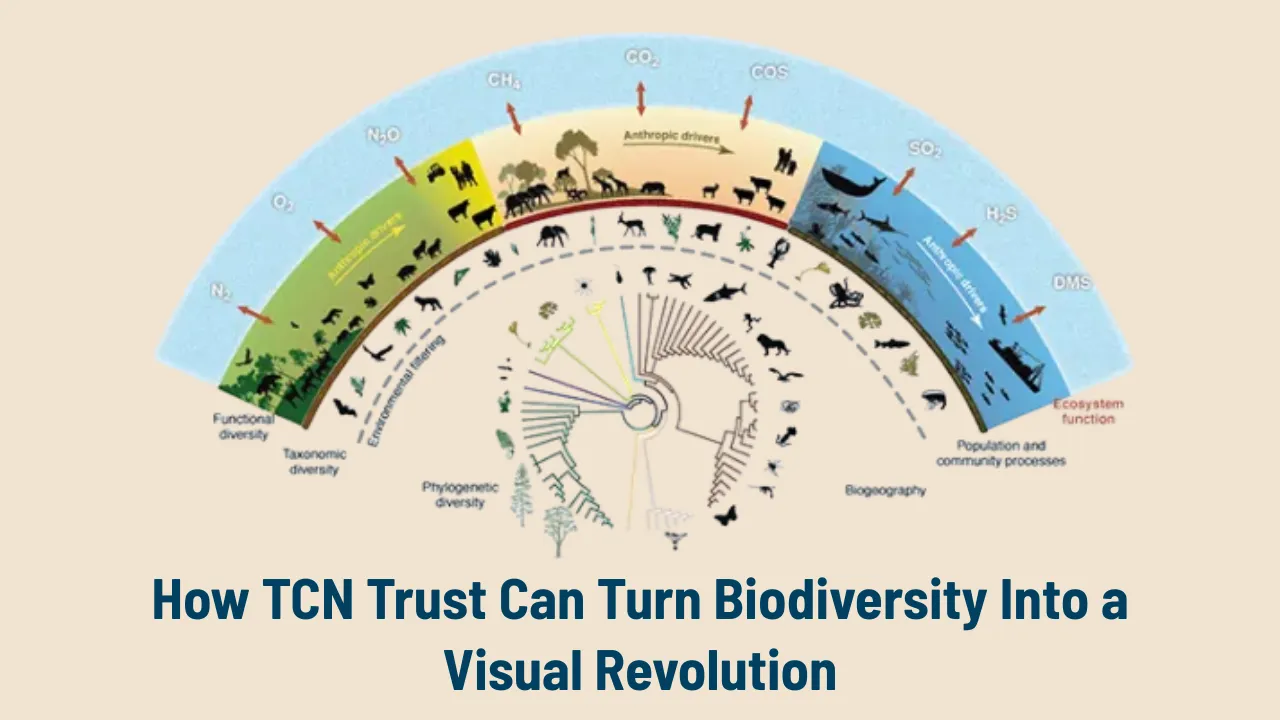Taxonomically Important Habitats: Taxonomically Important Habitats are the true frontiers of species discovery. Across India, several habitats remain scientifically under-explored—places where new insects, amphibians, plants, and even mammals are still being discovered regularly. These regions often escape the spotlight in national conservation agendas, even though they are teeming with biological potential.
This article outlines how TCN Trust can take a pioneering step by creating a national index of these key habitats. By focusing on mapping regions with a high potential for new species discovery, the Trust can make an invaluable contribution to long-term biodiversity planning. The goal is to prioritize these ecosystems not just for what they currently shelter, but for what we haven’t discovered yet.
Taxonomically Important Habitats: Why They Matter Now More Than Ever
The idea of Taxonomically Important Habitats revolves around one urgent fact: we are losing species faster than we’re discovering them. These habitats are unique ecosystems—often isolated, understudied, or geologically distinct—where new species are frequently identified. From limestone caves in the northeast to stunted mountaintop forests in the Western Ghats, these are the real laboratories of evolution. Recognizing and indexing them allows for smarter conservation, more focused ecological research, and greater public engagement with India’s untapped biodiversity wealth.
What Are Taxonomically Important Habitats?
Taxonomically Important Habitats are not always lush or dramatic. Some are small forest patches, shallow seasonal wetlands, or deep rock crevices—habitats that have escaped routine scientific sampling. What sets them apart is their consistent record of yielding rare species, endemic species, or organisms new to science. These areas show high levels of biological uniqueness due to isolation, historical climate stability, or geological diversity.
What makes mapping these areas urgent is the shrinking window of opportunity. Rapid development, mining, agriculture, and climate change continue to alter landscapes. Once a habitat is lost, so is the chance of discovering the species that might have lived there.
Why Mapping These Habitats is Urgent
India is a known biodiversity hotspot, yet vast parts of the country remain underexplored taxonomically. Conservation policies often rely on what is already known—species counts, protected area coverage, or general biodiversity richness. But focusing only on the known ignores what remains hidden.
Creating a habitat mapping system for taxonomically significant areas offers several advantages:
- Prevents the loss of undiscovered species
- Guides research and funding to strategic locations
- Strengthens environmental assessments with deeper ecological data
- Improves the accuracy of conservation zoning
With scientific discovery tied so closely to habitat availability, mapping becomes both a biological and ethical responsibility.
Key Benefits of a National Index
- Informed Conservation: Supports decisions based on future species potential, not just current numbers
- Scientific Planning: Directs taxonomy and ecology research to the most promising areas
- Policy Influence: Provides data-backed input for Environmental Impact Assessments
- Public Engagement: Highlights regions the public and local communities can rally around
- Global Recognition: Establishes India as a leader in proactive species discovery and protection
This is more than conservation—it’s science-driven nation-building through biodiversity conservation and ecological foresight.
How TCN Trust Can Lead the Initiative
TCN Trust is well-positioned to act as a national convener for this project. By leveraging its scientific partnerships and fieldwork legacy, it can bring together taxonomists, ecologists, and conservation planners.
Here’s how the Trust can lead:
- Taxonomic Data Mining: Study species discovery records across journals, museum collections, and academic theses
- Partnerships with Institutions: Collaborate with universities, zoological surveys, and botanical researchers
- Ecological Modelling: Use GIS, remote sensing, and predictive analytics to locate probable high-discovery zones
- Ranking System: Score areas based on uniqueness, threats, and taxonomic potential
- Regular Updates: Maintain an evolving, open-source index with input from ongoing discoveries
This index would become a dynamic national tool that evolves as more species are described and habitats better understood.
Two Crucial Actions for Index Success
- Integrate Threat Analysis: Don’t just map richness—overlay threats like mining, encroachment, or climate risk to guide urgency
- Local Knowledge Inclusion: Tribal communities, forest guards, and local NGOs can help identify hidden or sacred groves often overlooked by mainstream science
Bridging formal research with grassroots understanding ensures that the index reflects real-world ecological conditions, not just academic datasets.
Potential Habitats to Feature in the Index
India’s unexplored ecosystems are not limited to remote jungles. Some examples that may deserve early inclusion in the index:
- Limestone hill forests of the Eastern Ghats
- Shola grassland-fringe patches in the southern Western Ghats
- Freshwater swamp forests of northeast India
- Semi-arid rocky outcrops in central India
- Marine micro-ecosystems along undisturbed island reefs
Each of these regions has already hinted at hidden biological value. With targeted surveys, they could yield dozens of new species across taxa.
FAQs
What makes a habitat taxonomically important?
It’s a habitat where new species are regularly discovered, often due to its isolation, unique geology, or underexplored status.
Why aren’t these habitats already protected?
Conservation has often focused on known biodiversity hotspots. Many of these habitats have only recently begun to show high discovery potential.
Can citizen scientists contribute to the index?
Yes, local observations and naturalist records can help identify underreported areas of ecological interest.
How will this index help conservation?
It gives scientific and policy stakeholders a data-driven reason to prioritize and protect less-known habitats before they’re damaged.
Is this approach globally recognized?
Yes, similar initiatives have been proposed globally, but India has the chance to lead with a nationally integrated model.
Final Thought
Building a national index of Taxonomically Important Habitats isn’t just about science—it’s about anticipating the future. By identifying the places where the next wave of species discovery is likely to happen, TCN Trust can help protect India’s biological legacy before it’s lost. This approach shifts the focus from what we already know to what we must urgently discover and preserve.
This isn’t about finding life later. It’s about making sure life is still there to find.
If you’re a biologist, conservationist, or nature advocate, consider how your work can contribute to this index. Discovery depends on the maps we draw now. Let’s not let the unknown disappear.







